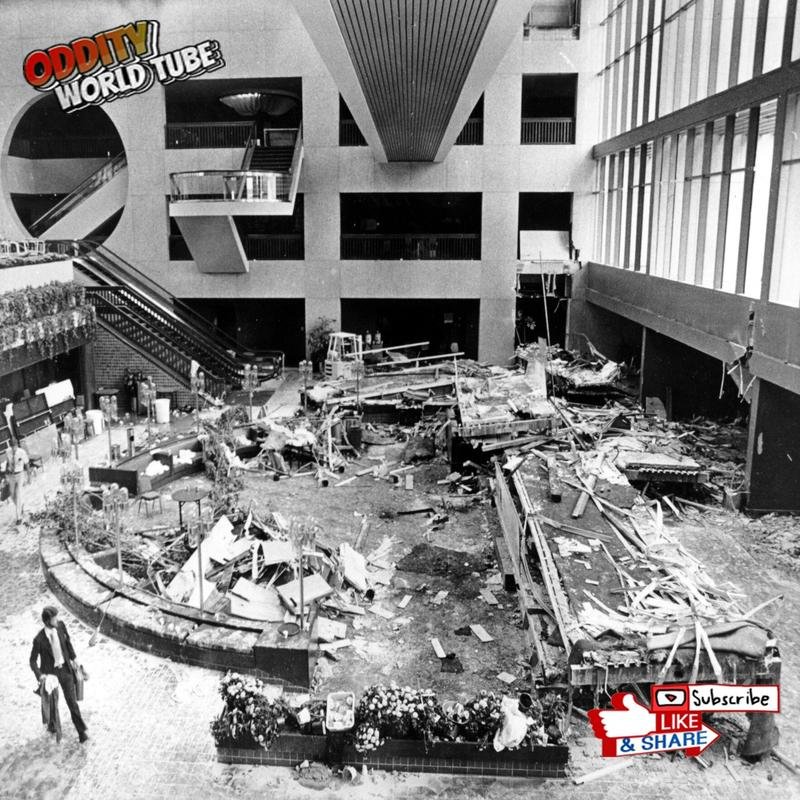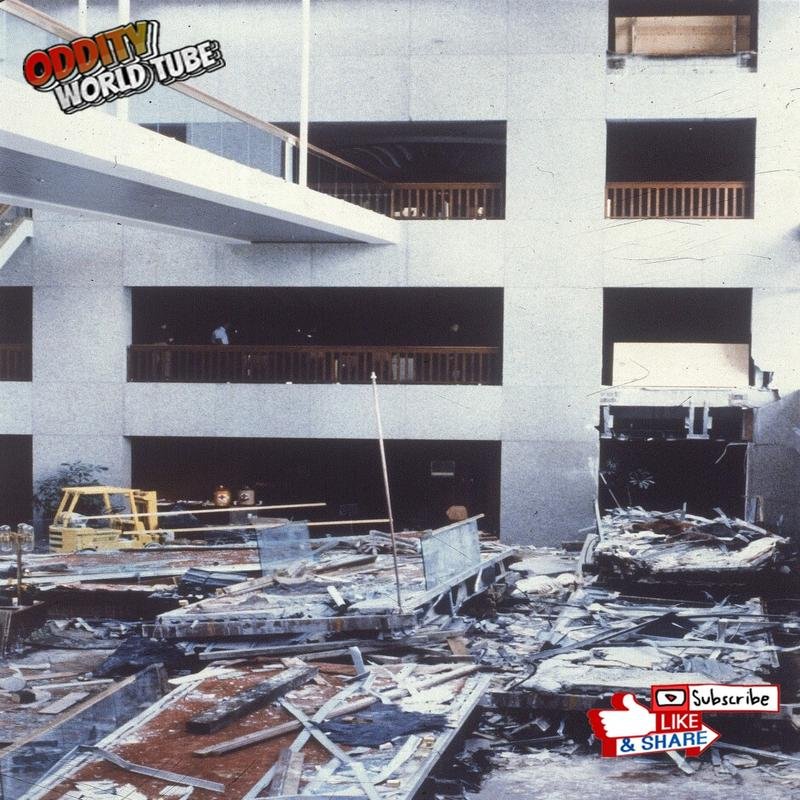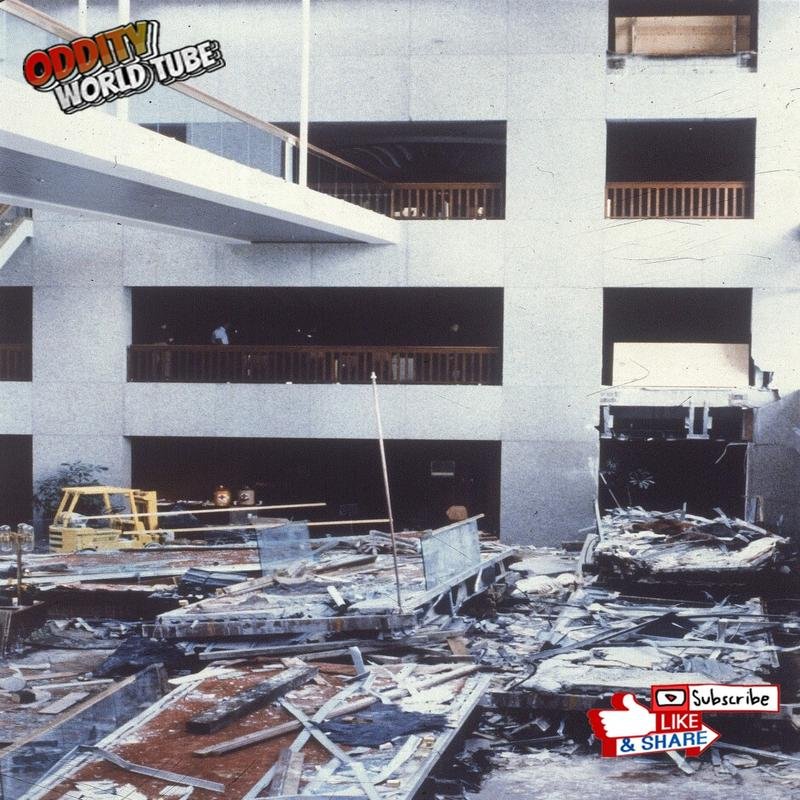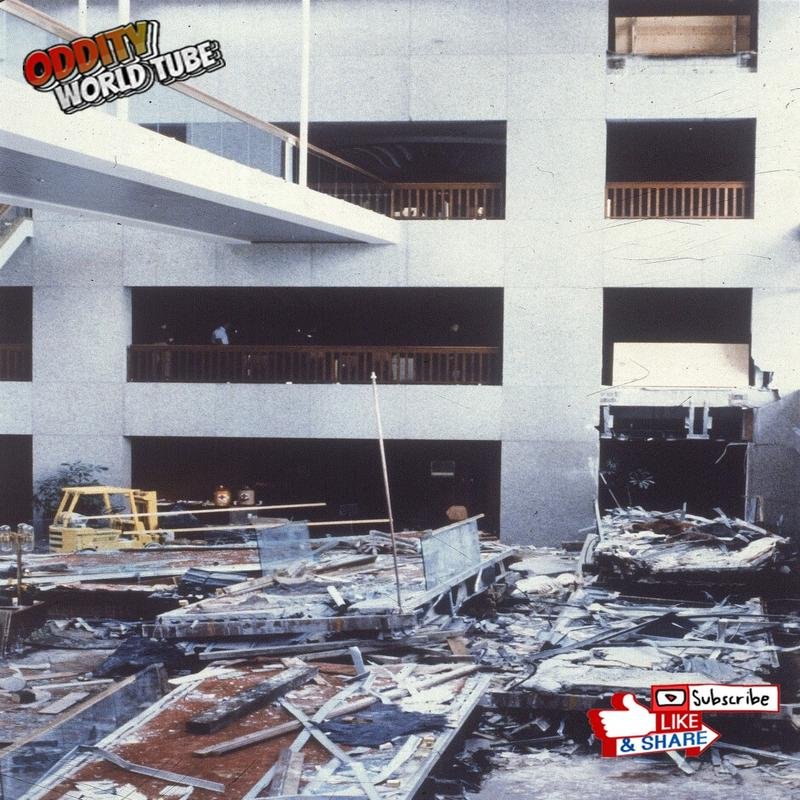The Hyatt Regency Walkway Collapse: Astonishing Facts 💡 Behind the Disaster #Engineering #Disasters #Analysis

Hyatt Regency Collapse: Engineering Disaster of 1981
On the evening of July 17, 1981, a catastrophic structural failure at the Hyatt Regency Hotel in Kansas City, Missouri, resulted in one of the worst collapses in United States history. The collapse of the suspended walkways claimed 114 lives and injured over 200, prompting a thorough investigation into the causes of this engineering disaster.
The Design and its Fatal Flaw
The Hyatt Regency, a modern architectural landmark, featured a large atrium spanned by three suspended walkways connecting multiple floors. These walkways, designed to offer panoramic atrium views, were frequently used for large gatherings. On the night of the collapse, a large crowd attending a dance competition significantly increased the load on the walkways. The original design employed a relatively simple suspension system. However, a critical design modification during construction doubled the stress on a single connection point, proving catastrophic.
The Critical Modification
Instead of direct ceiling suspension, walkway two was suspended from separate rods connected to walkway four, concentrating the weight of both walkways on a single joint. This alteration, inadequately reviewed and approved, proved catastrophic.
The Collapse and its Aftermath
The excessive weight on the walkways, due to the large crowd, exceeded their design capacity. The weakened connection point in walkway four began to deform under this stress. At 7:05 PM local time, walkway four collapsed onto walkway two, causing both to plunge onto the crowd below. The impact was devastating, with tons of concrete and steel falling on the victims, resulting in immediate fatalities. Chaos and panic ensued. Survivors assisted the trapped, while emergency responders arrived swiftly. Rescue operations continued throughout the night and into the following day, recovering victims from the wreckage. Hospitals and morgues were overwhelmed by the scale of the disaster.
Investigation and Accountability
A subsequent investigative commission determined that the design modification was the primary cause of the collapse, citing critical design and construction errors by the architects and structural engineers. The weak connection point in walkway four could not support the increased load, and the design change significantly amplified the stress. The investigation also revealed inadequate construction oversight and violations of safety and quality standards, along with a lack of necessary experience and competence among the engineers responsible for the project. Criminal and administrative charges were filed against the responsible architects and structural engineers. Some were convicted of criminal negligence, while others faced professional license suspension or revocation. Numerous lawsuits were also filed against Hyatt Corporation and the involved design and construction firms.
Lessons Learned and Lasting Impact
The Hyatt Regency walkway collapse profoundly impacted the architectural and structural engineering industry. The disaster spurred a comprehensive review of building safety and quality standards, heightened awareness of rigorous design and construction oversight, and the development of new structural safety analysis techniques. Over four decades later, the Hyatt Regency walkway collapse serves as a tragic reminder of the paramount importance of safety and quality in construction. Architects and structural engineers bear ultimate responsibility for designing and constructing safe structures, adhering to the highest standards. Governments and regulatory bodies must enforce strict oversight and ensure compliance. Society must demand accountability from engineers and contractors, recognizing the critical importance of construction safety. The memory of the victims should serve as a constant impetus for collective action to prevent similar tragedies. The collapse exposed critical flaws in the design and construction process, underscoring the need for enhanced vigilance and responsibility within the industry.
Conclusion
The 1981 Hyatt Regency walkway collapse remains a seminal event in structural engineering, a stark illustration of the devastating consequences of negligence and design flaws. The lessons learned from this catastrophe remain profoundly relevant, emphasizing the unwavering importance of safety, quality, and responsibility in all aspects of building and construction.









